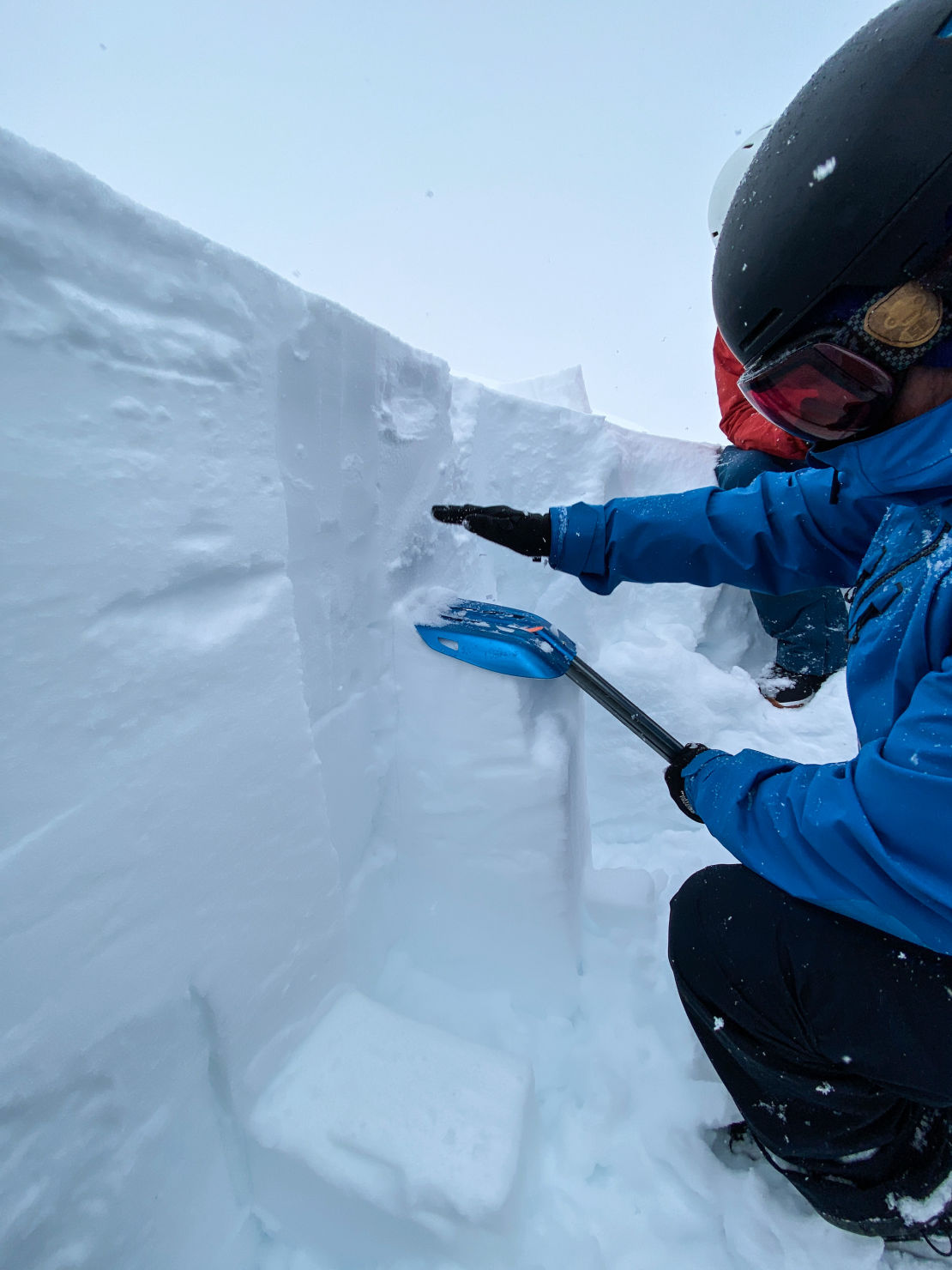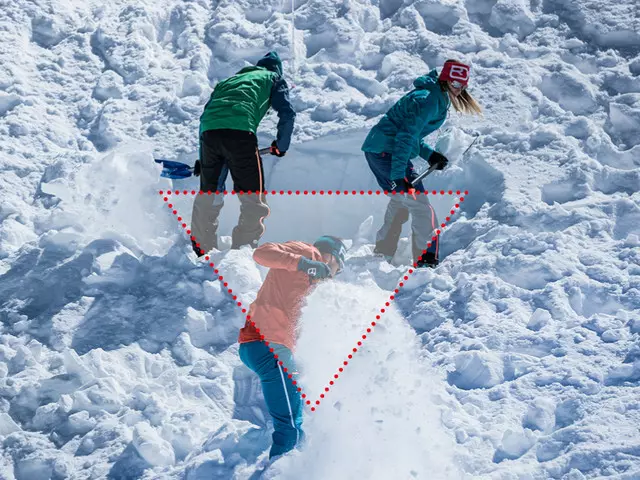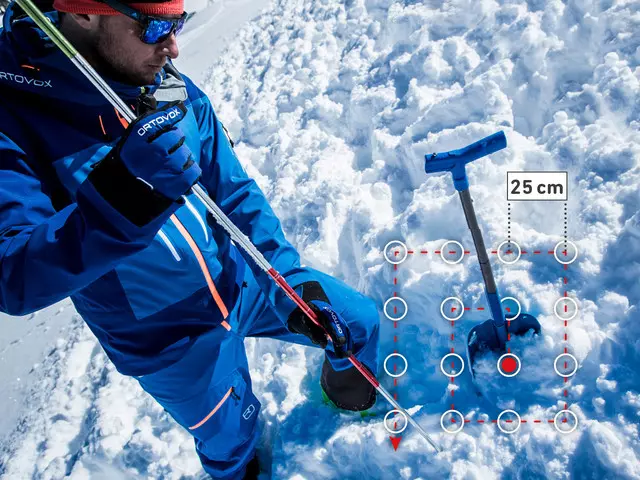
EQUIPMENT CHECK
Lightest Avalanche Shovels and Probes + Techniques
As more of us bring along heavy avalanche airbag systems or start to head out for longer splitboard missions then it's worth considering the weight of your kit.
I know after a quick evaluation of my primary off piste equipment I was able to save a considerable amount. In this guide I'll look to save you some weight and help you understand what to look for in your choices and some hints on how to use it more effectively.

